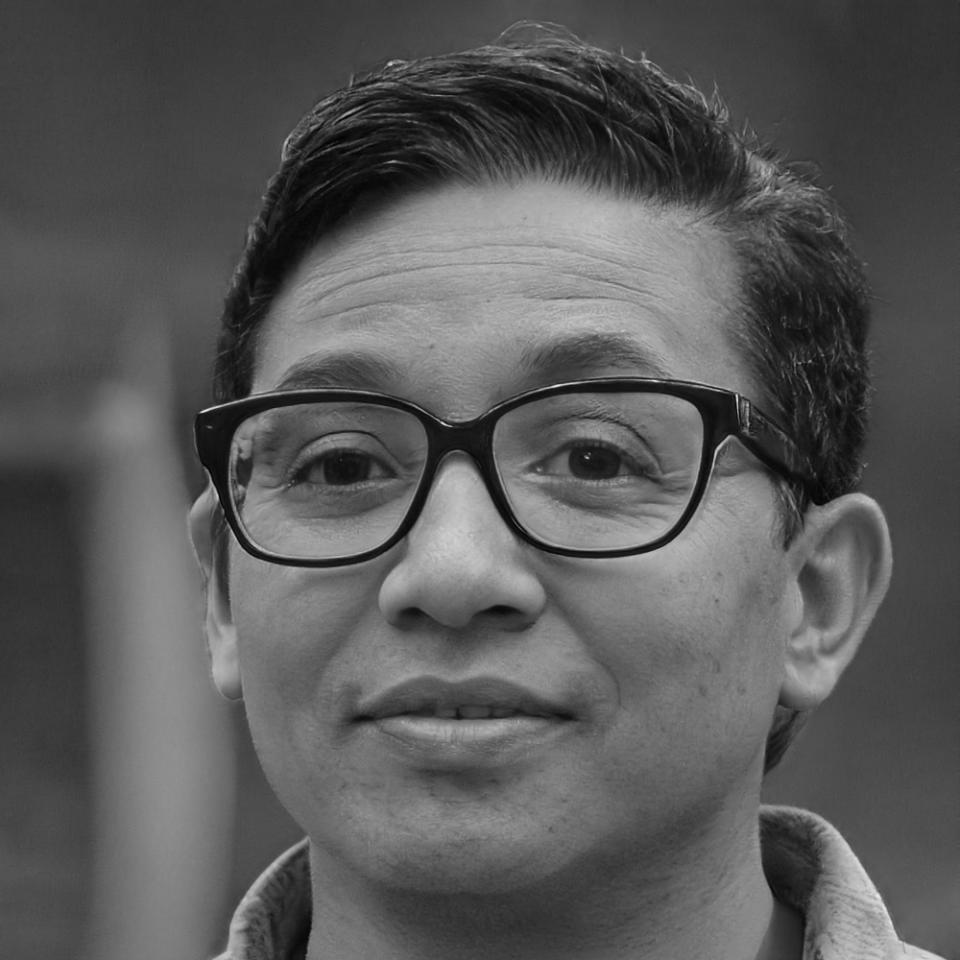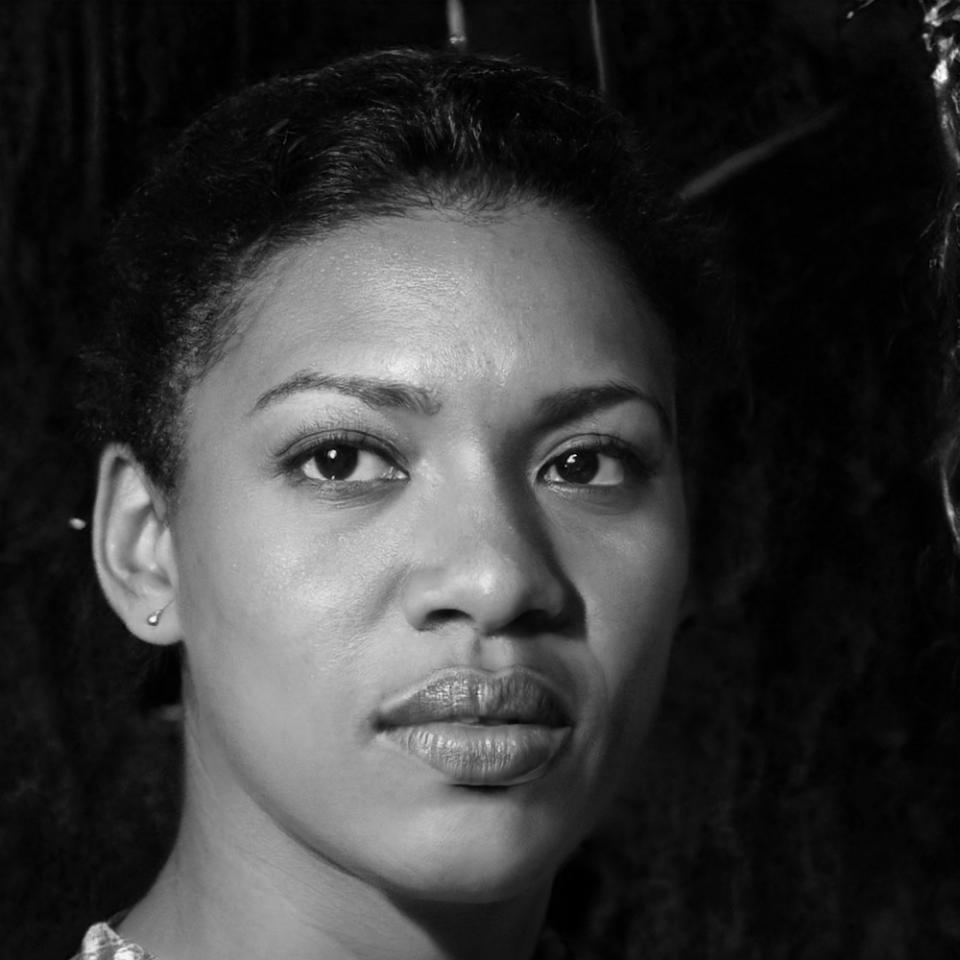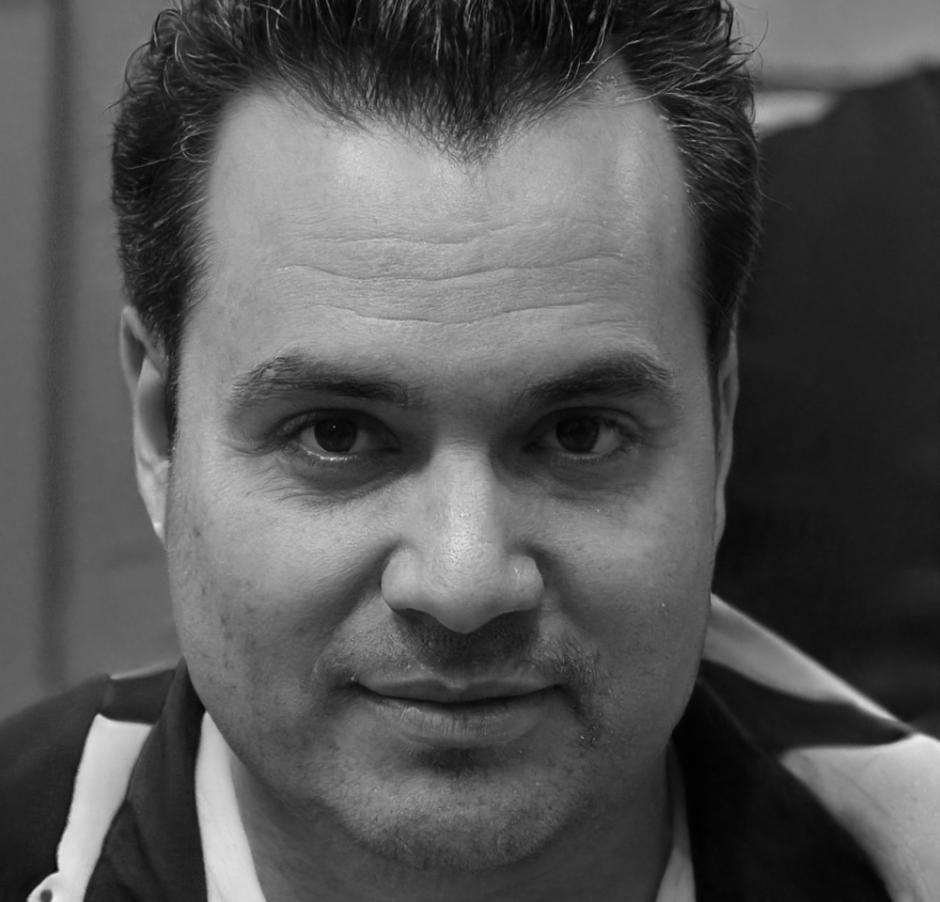Interactive AR Learning Methods
We blend traditional game development education with cutting-edge AR technology to create immersive learning experiences that prepare students for the future of interactive entertainment.
Hands-On AR Development
Our students don't just learn about AR game mechanics through textbooks. They dive straight into creating interactive experiences using professional-grade tools and real-world scenarios that mirror what they'll encounter in their careers.
- Build functional AR prototypes from day one
- Work with spatial computing and gesture recognition
- Master physics simulation in 3D environments
- Integrate multiplayer mechanics across devices
- Debug complex interaction systems

Florian Kastrati
AR Systems Architect
Previously worked on location-based AR experiences for major European gaming studios. Specializes in spatial tracking and real-time rendering optimization.
Learning Philosophy
We believe that AR game development requires a different mindset than traditional screen-based games. Students need to think in three dimensions, consider real-world physics, and understand how users naturally interact with their environment.
Each project starts small but builds systematically. A simple object placement exercise becomes a complex scene management challenge. Basic gesture recognition evolves into sophisticated user interaction systems.
Most importantly, we focus on problem-solving rather than memorizing specific tools. Technology changes rapidly, but solid fundamentals in spatial computing and user experience design remain constant.

Adelina Meka
UX Design Lead
Focused on AR interface design and user comfort optimization. Has consulted on AR experiences for retail and entertainment applications across the Balkans.
12-Month Development Program
Our comprehensive program takes students from basic 3D concepts to shipping AR applications. Classes begin in September 2025 with a focus on practical project completion rather than theoretical coverage.
Foundation Phase (Months 1-3)
3D math, coordinate systems, basic Unity AR Foundation setup, and simple object manipulation. Students create their first AR placement app.
Interaction Systems (Months 4-6)
Gesture recognition, physics integration, UI design for AR interfaces, and multi-user synchronization basics.
Advanced Development (Months 7-9)
Performance optimization, advanced lighting, occlusion handling, and platform-specific deployment considerations.
Capstone Projects (Months 10-12)
Independent project development with mentor guidance, portfolio preparation, and presentation skills for industry networking.
Enrollment Information
Applications open in March 2025 for the September cohort. We accept 16 students per session to maintain focused attention and hands-on guidance. Previous programming experience helpful but not required.
Request Program Details